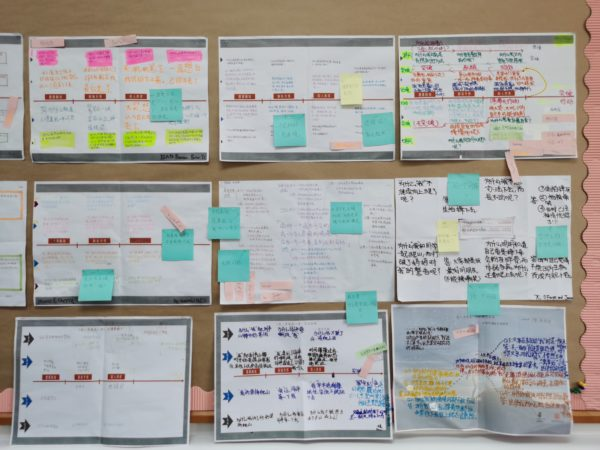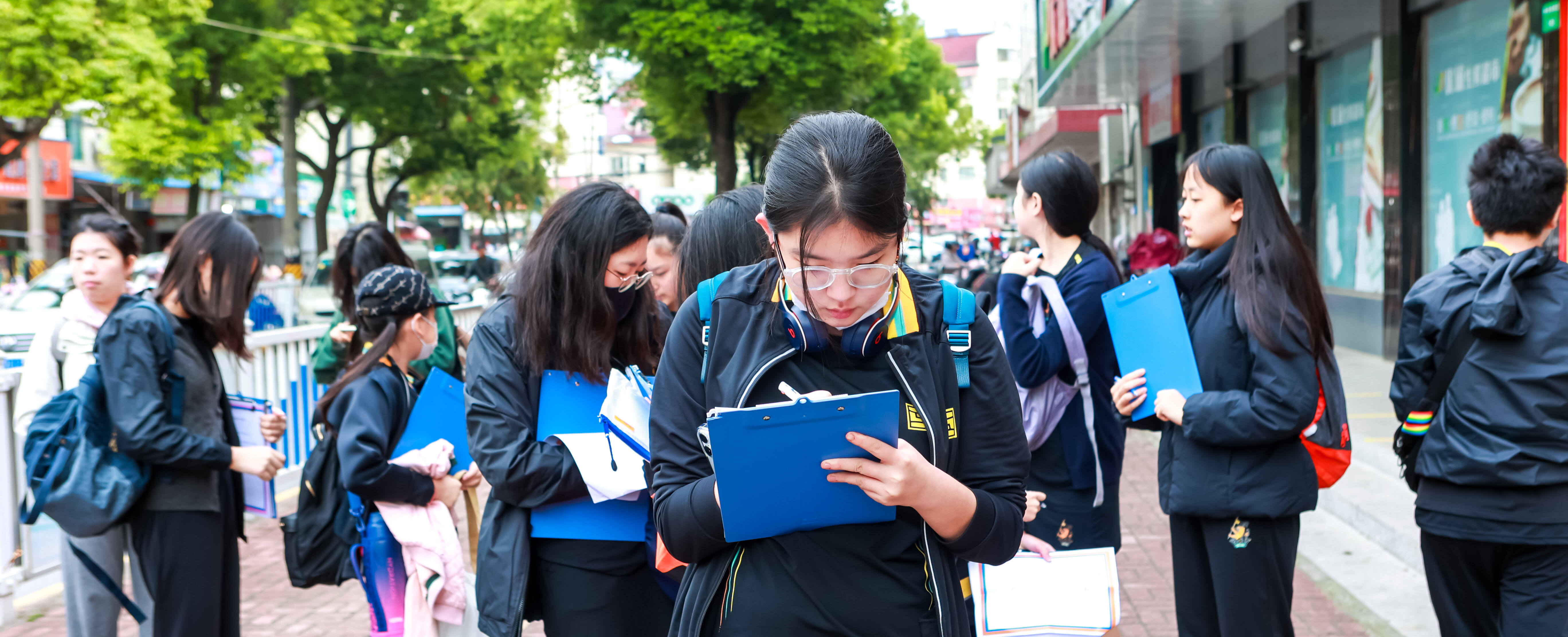
Parents often notice that their children can make continuous progress when they are in the primary school. For example, during this period they quickly learn how to read characters by spelling phonetic letters; they can gradually read longer stories; they can even write a composition with confidence. However, when pupils go up into the higher grades and particularly to junior high, parents may have some questions and anxieties about the speed and surety of their children’s Chinese study abilities. Why are pupils’ improvements to their Chinese grades so gradual? It seems that while pupils can resort to extensive testing and intensive training to improve their grades in some other subjects, this method does not work with Chinese learning. The tough process of improving their Chinese performance appears to bewilder them. Is learning Chinese all about learning texts? Traditional Chinese learning tends to conduct an overly detailed and comprehensive analysis of all the texts. Pupils have studied so many texts and even memorised certain pieces. But what is the actual educational impact and meaning of doing that? In theory and in practice, Chinese subject studying has its own distinct stage-based characteristics. In the initial stage, it emphasises facts and knowledge which is, as we say, laying the foundation. In the lower grades, pupils focus on recognition and utilisation of characters, phrases and sentences. When they gain a good command of this knowledge, parents will notice that their children are making progress. For pupils in the upper grades, their focus on Chinese should gradually shift from acquiring knowledge to gaining abilities. Our Chinese curriculum targets developing pupils’ language and literary competences, which is a process that has proven results but takes time.
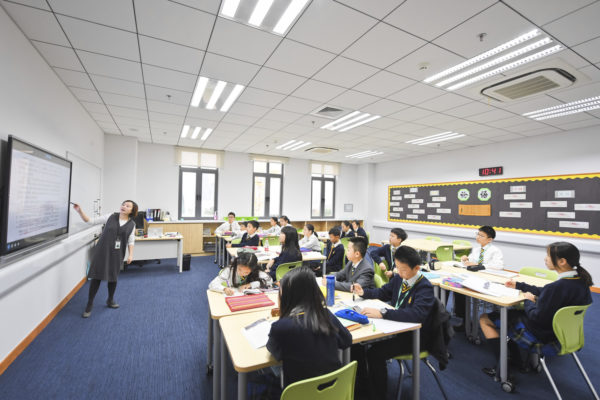
Therefore, if pupils in junior high continue to spend too much time memorising the main ideas and meanings of the articles they read, which is the traditional method of learning texts, their competences will not develop as we expect. Learning Chinese is not simply a matter of rote-learning texts.
Instead, texts should serve as a medium for pupils to achieve the abilities of understanding, analysing and utilising a certain literary form.
Essential structure of the learning process

This pyramid-shape diagram shows how we teach pupils to learn Chinese at Hiba. From the bottom to the top, it represents the improvement process of pupils’ Chinese competences. These competences abide by the requirements of the national Chinese curriculum, but also correspond to the accepted standards of the international curriculum for Chinese language education. Designing Chinese curriculum
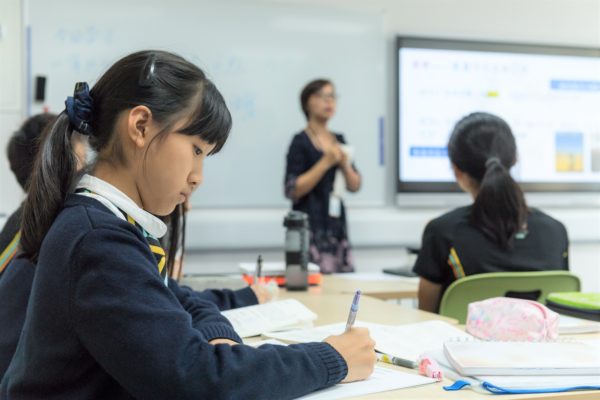
At Hiba, we adopt national Chinese textbooks compiled by the ministry of Education. All the texts are arranged in accordance with their literary forms, helping pupils to understand the features of contents, structures and expressions of varying literary forms. Chinese teaching at Hiba is not restricted to specified units in the textbooks. These texts serve as the base materials for pupils to study and compare literary forms, which are generally all covered in the Chinese curriculum of junior high. Teaching methods of Chinese curriculum The design of Chinese teaching is also based around this core competences pyramid, as we need to help pupils achieve all these competences in a step by step manner through effective teaching activities. 1. ‘Reversal class’: acquiring an initial understanding

![]() Reversal class means that pupils should explore and understand basic knowledge in advance by themselves, whereas this would traditionally be imparted by teachers in the class.
When pupils begin to learn the content of a new unit, teachers will identify basic knowledge points first by looking through all the texts in this unit and then distributing related tasks to pupils.
Through independent reading and searching, pupils can overcome the barriers of understanding basic knowledge, such as new words and phrases, backgrounds of texts, etc. They also need to complete a summary of the article they are studying. If pupils will are studying an ancient Chinese article, their materials should also feature an introduction in the classical style of Chinese writing.
Pupils, with a solid understanding of basic knowledge, take part in class discussions and check whether their self-study results correspond with that of their peers. Teachers also join them and answer confusing questions when needed. After that, pupils have to do a test which is made up of randomly drawn questions which they answer independently. They can also complete a whole task by finishing their own parts. A group score will be graded according to their group’s performance.
Reversal class means that pupils should explore and understand basic knowledge in advance by themselves, whereas this would traditionally be imparted by teachers in the class.
When pupils begin to learn the content of a new unit, teachers will identify basic knowledge points first by looking through all the texts in this unit and then distributing related tasks to pupils.
Through independent reading and searching, pupils can overcome the barriers of understanding basic knowledge, such as new words and phrases, backgrounds of texts, etc. They also need to complete a summary of the article they are studying. If pupils will are studying an ancient Chinese article, their materials should also feature an introduction in the classical style of Chinese writing.
Pupils, with a solid understanding of basic knowledge, take part in class discussions and check whether their self-study results correspond with that of their peers. Teachers also join them and answer confusing questions when needed. After that, pupils have to do a test which is made up of randomly drawn questions which they answer independently. They can also complete a whole task by finishing their own parts. A group score will be graded according to their group’s performance.
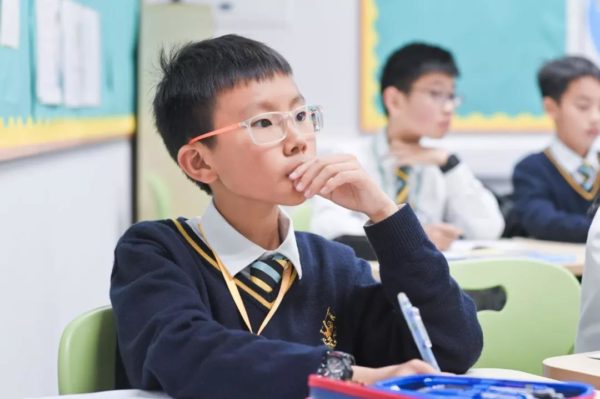
The process of studying a unit is classified into different stages and each stage ends with a test. This encourages pupils to take responsibility for their phase-based learning. It also helps teachers to know whether pupils have a good command of imparted knowledge so that they can adjust their teaching accordingly.
In this process, pupils guide their learning while developing their competences through personal exploration and practices.
2.‘Research and comparison’: achieving a deep understanding

Texts in each unit are materials that we can use to study a certain literary form and help pupils to compare and summarise features of varying literary forms.
Take the unit of ‘narration — dilemma and breakthrough’ for example. We instruct pupils to sort out the structures of articles by making plotline maps. Comparing the several plotlines of articles of the same literary form enables them to find out similarities of how authors design plots and these similarities are features of this specific literary form.
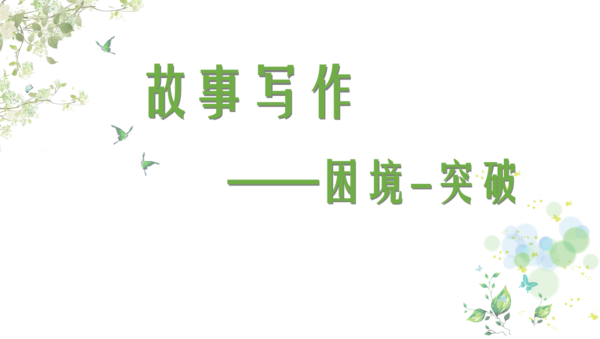
When pupils have a good understanding of plots, we encourage them to think them through in a logical manner. For example, they may ask themselves why are characters in the story trapped in such dilemmas? Why do they take such actions? What kind of results will these actions bring? To answer these questions, pupils need to interpret detailed information hidden within the article, which will also benefit them in understanding the article’s theme. Therefore, learning how to inquire is an effective way to conduct deep reading. Pupils will try to compose an article by themselves after they finish a study on reading. We encourage them to follow the same steps to prepare their writing:

Teachers often arrange a final test to finish the studying of a unit, that is, an analytical thesis completed by pupils in the class. Pupils utilise skills acquired in the process of studying the unit to analyse a new text and write their analytical theses. Before the test begins, teachers list key problems that pupils should pay attention to. Then, pupils work as a group to discuss these questions. In the Q&A sessions, they can ask teachers for clarification and teachers only answer with ‘Yes’, ‘No’ or ‘Partially reasonable’. Different groups can also put forward their suggestions and share opinions together.
